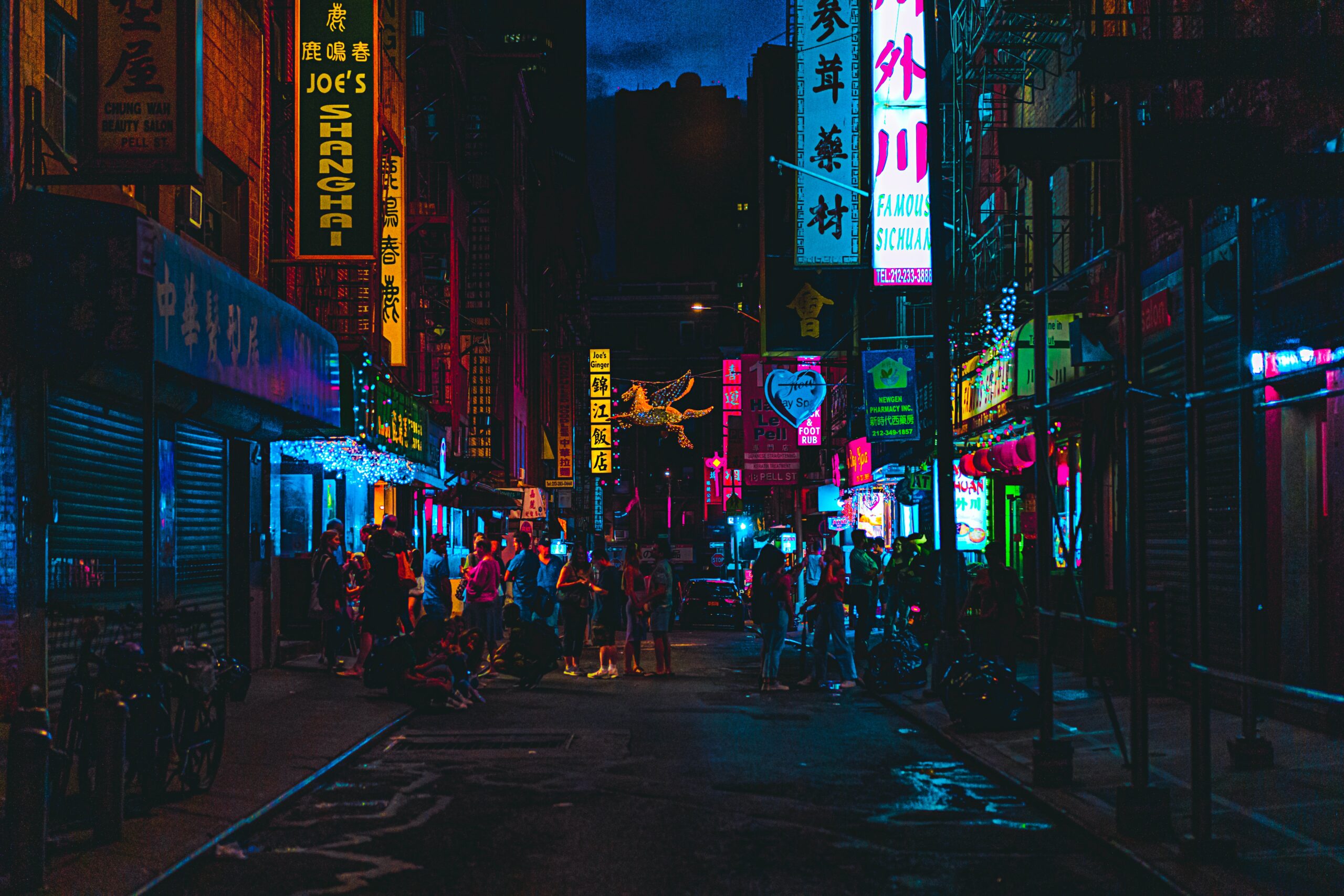Hello you,
We’ve all wiggled one day at the sound of a notification, the ringing of a call, a vibration announcing a message. We have all been lost, at least once, in the depths of the internet, without seeing the time pass. So, what about the young public? How to protect them? It is in this logic that Douyin, the Chinese TikTok, has just announced a limit of 40 minutes of use per day for its users under 14 years. A shocking announcement that Passion Media wanted to come back on.
Nomophobia or the addiction to screens and the Internet
It is not a scoop, we all became addicted to our screens. Scientists and doctors have even identified and named a disease to specify this phenomenon: nomophobia. What is nomophobia? Simply the fact of not being able to do without your cell phone, and feeling anxious or stressed at the idea of not being able to use it.
What can be done to prevent it?
In China, and in many countries around the world, digital detox centers are appearing. Their goal? To help you disconnect from the Internet, to get away from screens. Recently, the Daxing Internet Addiction Treatment Center (IATC), had also made a lot of talk, for its military methods more than controversial. These solutions are available for people who want to disconnect, and start a proactive approach in this direction. But what about those who can’t make it? Is it possible to put in place preventive measures?
A “youth” mode that limits screen time
Apparently so. China is once again back in the spotlight, with a shock announcement: the time spent by children under 14 on Douyin (the Chinese TikTok) is now limited. And it is not the only platform to take this kind of measure. Little Fun Star (ByteDance’s new application that offers videos on science, history and art history) is also limited to 40 minutes of use per day. Strong measures that have the merit of re-launching the subject.
The limits of these measures
However, these announcements must be put into perspective. There are indeed some limiting points:
- To be effective, it is necessary that Internet users officially declare their age on the platform (which is rarely the case)
- Platforms should implement an authentication tool to validate the official identity of the user, including their age.
- It is always possible to use the account of other people around you
- It is possible to use VPNs to connect in other countries and thus circumvent the restrictions imposed
More than 600 million users affected by these measures
The measures presented were initiated by platforms and social networks, but are also part of a vast campaign launched by the Chinese government. The objective? To limit the time spent in front of screens and on video games. For example, it is now impossible for children under 14 to play more than three hours a week (previously it was limited to 90 minutes a day). Overall, it is estimated that all the measures taken now impact more than 600 million users.
What impact for content creators?
These measures are for the moment localized in the Asian region. Should we expect the same thing with Facebook, Instagram, Twitter? Will the Instagram version for under-13s mentioned by Facebook headquarters integrate similar features? How to limit without constraining Internet users? What is the impact of these measures on content creators? Passion Media will continue to follow the subject closely.
)

